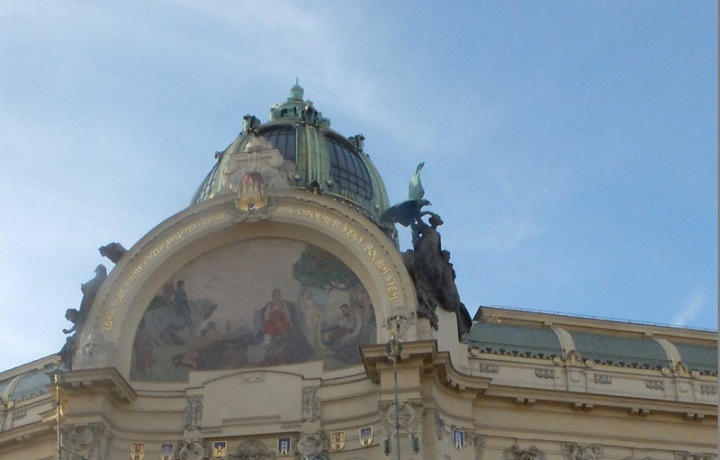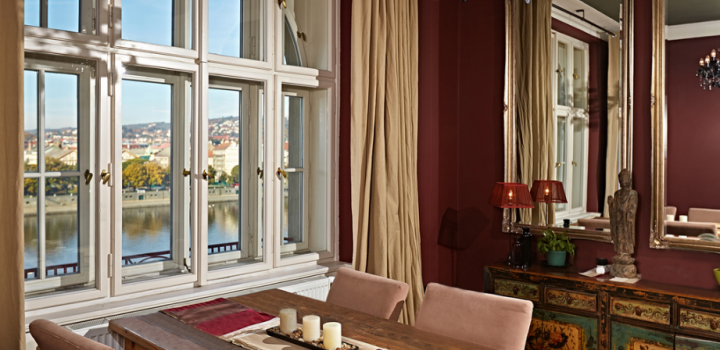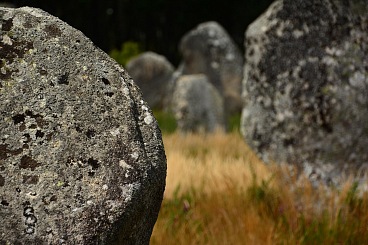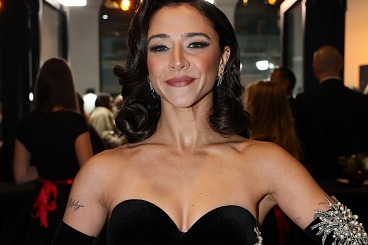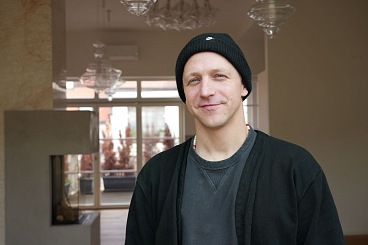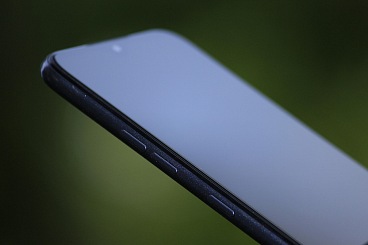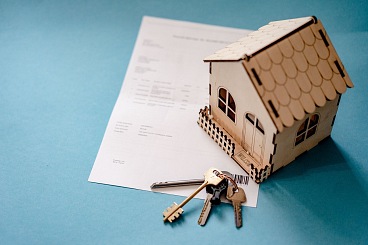The Municipal House: A beacon of Czech nationhood
Prague experienced great changes at the turn of the century. Suburbs such as Žižkov and Dejvice were attached to Prague, beautiful houses were built and the National Museum was opened as was the Main Railway Station. There was however no social and cultural centre for the inhabitants of Prague. And this was where the history of the luxurious Municipal House began. What has it experienced over the course of its existence and what are things we can admire about this “beacon of Czech nationhood” as the building is frequently called?
The Municipal House: a centre for important events
Work started on the luxurious building in 1904 and the opening ceremony for the Municipal House was held in 1912, it becoming an integral part of Czech history. It was precisely here that principles concerning the independence of a democratic Czechoslovak state were first pronounced in January 1918. These principles became reality in the same year and in fact it was precisely here that the National Committee was created, the body which was responsible for the creation of Czechoslovakia.
Between the two world wars, the Municipal House enjoyed a golden age. All important events were held here, it was the most sought-after of premises for holding luxury balls and concerts by leading artists were sold out several months in advance. After World War Two, an attenuation occurred and the Municipal House did not awaken again until 1989, when meetings were held here between Václav Havel’s Civic Forum and the communist government of the time.
Interior and exterior
The Municipal House stands on the location of the former Royal Court and it was designed by the architects Antonín Balšánek and Osvald Polívka. The luxury interior is made up of many lounges and halls where important meetings have taken place and where nowadays receptions, balls, concerts and exhibitions are held.
The most famous is probably the Smetana Hall which has the capacity to hold 1,200 people and which is the home venue for famous concerts such as those in the Prague Spring festival, Organ Summer and the Prague Autumn International Music Festival. The Lord Mayor’s Hall is luxuriously decorated with works by Alphonse Mucha. Other artists who had a hand in the wonderful decoration of the Municipal House for example include Václav Jansa, Jan Preisler, Max Švabinsý, František Ženíšek and others.
Not only the interior, but also the façade of the building is richly decorated. Sculptors who participated in its embellishment include the artists: Ladislav Šaloun, Karel Novák, František Uprka, Josef Václav Myslbek and many others.
Current exhibitions
Other than frequent concerts, you can also come and have a look at a retrospective exhibition to mark the eightieth birthday of Jiří Anderle presenting the artist’s work from the start of the sixties. The exhibition runs until 15 January 2017.
Blanka Matragi will be exhibiting her dresses, luxury clothing accessories and also glass, porcelain, statues, chandeliers, jewellery and graphic designs here until the end of 2017.






